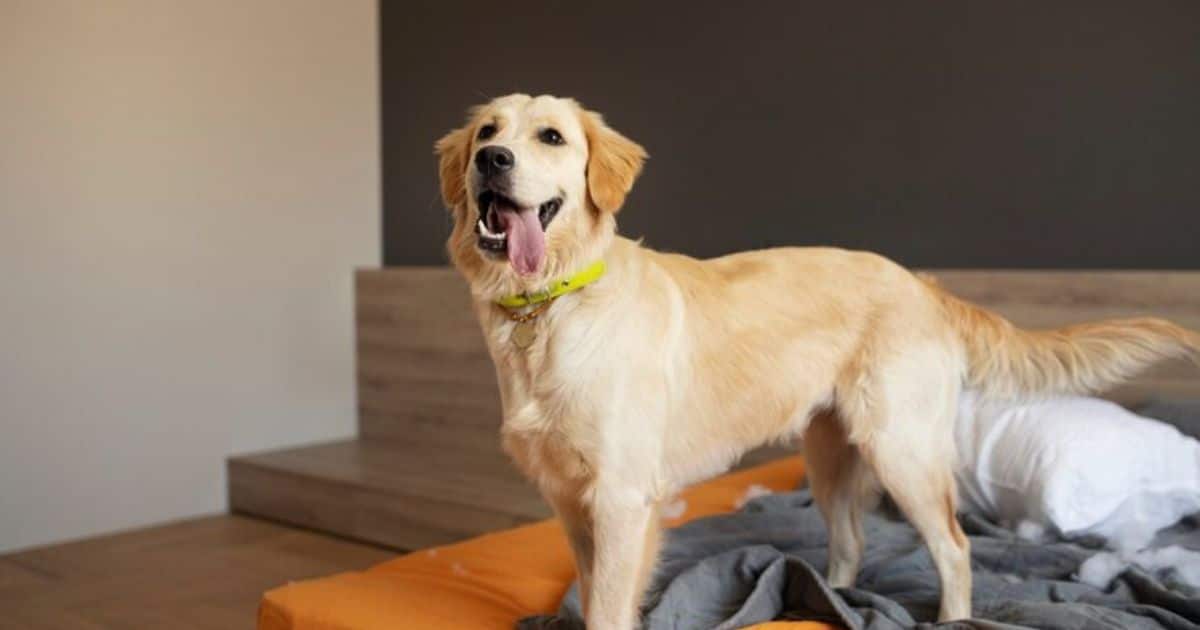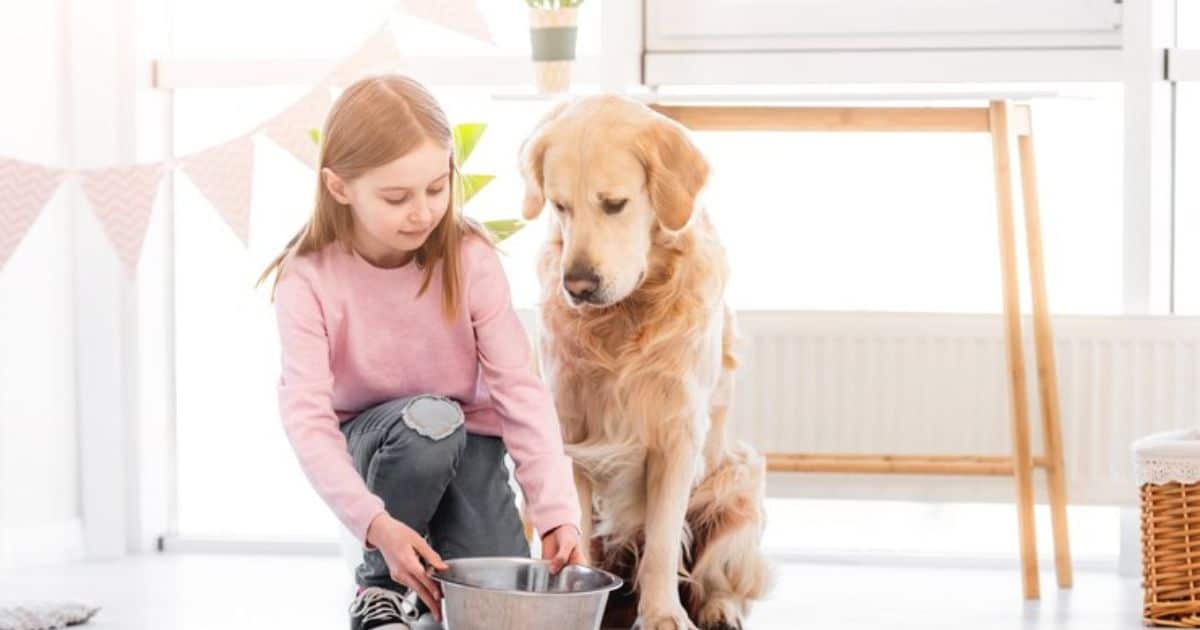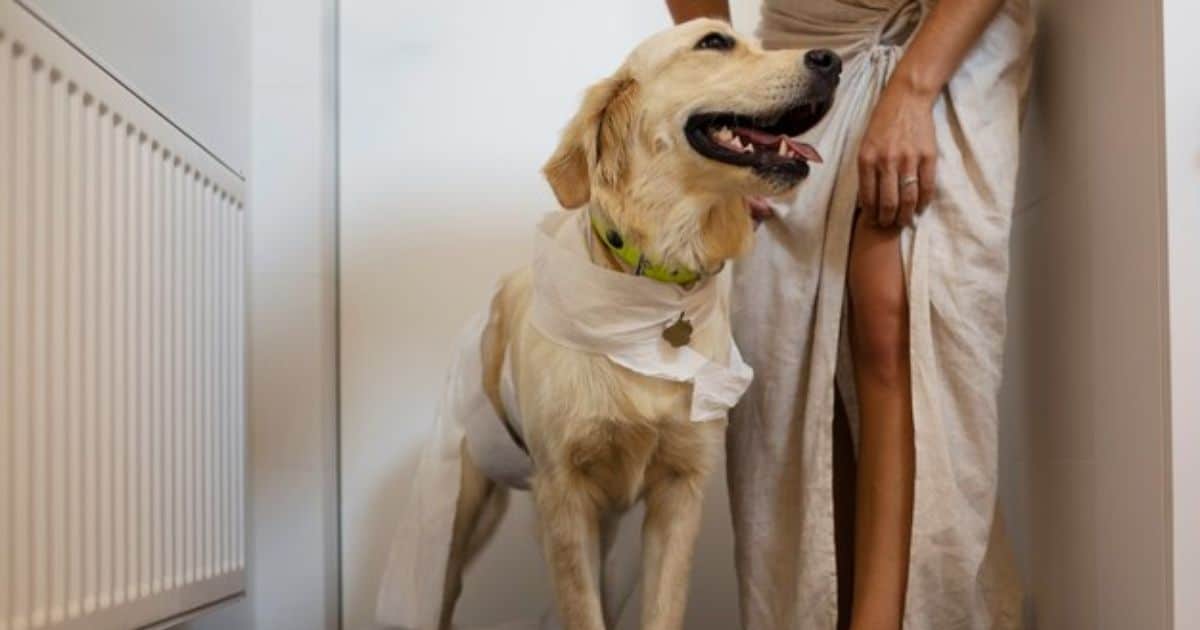Separation anxiety is a common issue for dogs and their owners. If your dog exhibits distress behaviors like barking, howling, destruction, or going to the bathroom indoors only when left alone, they may have separation anxiety. Take this quick quiz to determine if your dog has separation issues.
Worried that your dog may have separation anxiety? Take this quick quiz to get effective, actionable insights into the issue. The following information will explain how to make the quiz engaging.
Some ways to make the “Do I Have Separation Anxiety From My Dog Quiz” more!
What Causes Separation Anxiety In Dogs?

Separation anxiety can be caused by a few key factors. Puppies removed from littermates too early may fail to develop independence. Traumatic experiences like abandonment can also lead to separation distress later. Even changes in routine, a new home, or loss of a family member can trigger separation anxiety in dogs. Knowing the causes can help owners better understand and treat this disorder.
Is Separation Anxiety In Dogs Dangerous?
Severe separation anxiety can potentially be dangerous for dogs. Dogs in a panic may harm themselves trying to escape confinement meant to keep them safe. Separation anxiety has been linked to higher rates of canine noise phobias and compulsive disorders as well. However, most cases result in little more than destructive behavior and house soiling. With proper treatment and management, the outlook for separation anxious dogs is good.
Signs Of Separation Anxiety In Dogs
Excessive barking, whining, howling or crying, destructive behavior, house soiling, pacing, drooling, digging, escaping confinement, hiding, loss of appetite, and self-harm are all common signs of separation distress. These behaviors usually only occur when the dog is left alone or separated from their owners. Noting the timing, triggers, intensity, and frequency of symptoms can help correctly diagnose separation anxiety.
Ways To Handle Severe Separation Anxiety In Dogs

- Desensitization training – Gradually expose your dog to short departures that increase in duration over time. Pair leaving with treats so they associate you leaving with good things.
- Enrichment – Leave interactive puzzle toys and longer-lasting chews to keep your dog occupied and distracted while you’re away. Food puzzles engage their minds.
- Establish set routines – Stick to regular times you leave and return home to add more predictability for your anxious dog and reduce anticipatory stress of you departing.
- Prescription meds – Your vet may prescribe daily anti-anxiety meds or as-needed calming supplements to take the edge off when leaving dogs with severe symptoms of distress.
Preventing Separation Anxiety
There are simple ways owners can help prevent separation anxiety in dogs. Establishing independence early prevents overly strong attachments that lead to separation issues. Sticking to routines, avoiding prolonged absences especially in the first 6 months of a dog’s home, and providing enrichment may also help prevent this disorder from developing.
Gradually Increase Time Apart
Leaving your dog alone for short periods helps them become more comfortable in your absence. Slowly increase alone time duration from just a few seconds to hours over days and weeks. Make your returns completely boring. This methodical desensitization prevents distress.
Leave Calmly Without Fanfare
Create minimal fuss when departing and keep greeting low-key on your return. This prevents reinforcing nervous behaviors with attention. Act calm and unfazed by whining or pacing before you leave and during hellos.
Provide Enrichment When Gone
Offer puzzle toys stuffed with treats, new chew bones, music or TV for company, and access to safe rooms or yards to decrease isolation stress while you’re away. This refocuses their energy and may prevent or reduce separation anxiety symptoms.
Does My Dog Have Attachment Issues

While healthy bonds are natural between dogs and owners who meet their needs, pathological attachment issues do occur. Signs your dog’s attachment is problematic include severe distress when you move even briefly out of sight, inability to settle or obey commands from others, volatile mood swings, protectiveness, and destruction motivated by solitude.
Rule out medical issues, then consult a certified trainer or behaviorist to overcome unhealthy attachments through confidence building, independence, and addressing emotional voids prevention. Most attachment issues resolve with diligent counterconditioning.
What Is Wrong With My Dog Quiz
If your dog is suddenly acting out, trembling, eliminates indoors, has appetite/energy shifts, or seems depressed/confused, a health or behavior problem may be brewing. Take this quick quiz to help identify what’s wrong based on specific symptoms.
Once the root cause is determined, appropriate treatment can begin – behavioral modification for anxiety, supplements to balance chemicals influencing moods, medication if essential brain chemistry or pain alteration is needed, or standard veterinary care if an undiagnosed physical condition requires attention. Knowing what ails your dog is key to their wellbeing.
Signs Of Separation Anxiety In Dogs At Night
Many dogs with separation anxiety seemingly cope while their owners are at work during the day. But their distress emerges at night via clingy behavior, restlessness, and disruptive actions the moment their person prepares for bed or anytime they leave the room.
Things like shadowing, whining, barking, pacing, blockading exits, destruction, elimination, and even self-harm can signify separation anxiety – especially if it only occurs when a nighttime isolation situation arises. Getting treatment quickly once nighttime separation anxiety is identified is essential for management.
Related Post: How Long Before Dogs Can Walk on New Concrete?
FAQ’s
Do you find yourself chatting with your dog about your day, even if they can’t respond?
Yes, I often share my day with my dog, even though they can’t respond. It feels like a comforting ritual.
How do you react when your dog acts out due to separation anxiety?
I try to address the root cause of the separation anxiety, implementing calming strategies and seeking professional advice if needed.
How would you handle if you have to go out and find your dog to be anxious?
If I find my dog anxious when leaving, I reassure them with a calm demeanor, use positive reinforcement, and gradually increase the time spent apart.
What’s your response when your dog gazes at you with those “puppy eyes” as you’re about to leave?
When my dog gives me “puppy eyes” before leaving, I feel a pang of guilt but reassure them with a soothing tone and a quick pet.
How much time do you show your dog’s picture to someone you know?
I proudly share my dog’s picture whenever the opportunity arises, showcasing their adorable moments.
Do you often imagine your dog’s perspective when you’re away, wondering what they’re doing?
Yes, I often imagine my dog’s perspective, wondering how they’re spending their time and if they miss me.
What’s your reaction when your dog gives you a heartfelt “welcome back” with wagging tail and excited barks?
I respond with joy, reciprocating the excitement, and giving my dog the attention they deserve after being apart.
Conclusion
If your dog exhibits panic, destruction, elimination, or self-harm only when alone, they likely have separation anxiety. Take our quiz to determine next steps or contact your vet for help addressing this common but distressing disorder rooted in a dog’s over-attachment to their owner and home. With some changes and desensitization training, dogs can overcome separation issues and learn to feel secure and relaxed alone.









